I wrote a query but now I'm having doubts.
The first one I have to insert a CD supplied by a particular supplier and produced by a particular producer.
$sql="INSERT INTO cd (supplier_name,
supplier_address,
producer_name,
producer_address,
cd_title,
cd_type,
cd_year)
VALUES ('$_POST[supp_name]',
'$_POST[supp_addr]',
'$_POST[prod_name]',
'$_POST[prod_addr]',
'$_POST[cd_title]',
'$_POST[cd_year]' ,
'$_POST[cd_type]')";
But then I realized, I have a table called CD with ONLY THREE ATTRIBUTES, title, year and type. CD(title, year, type). However, how I just need to insert the CD information by a particular supplier X and particular producer Y. How do I do that?

Also, my form for data entry looks like this:
<form action="cd.php" method="post">
<h4> Enter CD information </h4>
CD Title: <input type="text" name="cd_title"><br>
CD Year: <input type="text" name="cd_year"><br>
CD Type: <input type="text" name="cd_type"><br>
<h4>Enter supplier information</h4>
Supplier Name: <input type="text" name="supp_name"><br>
Supplier Address:<input type="text" name="supp_addr"><br>
<h4> Enter producer information </h4>
Producer Name:<input type="text" name="prod_name"><br>
roducer Address:<input type="text" name="prod_addr"><br>
<input type="submit" name="submit" value="Submit">
So, I'm wondering if a user enters the above data, where does it get stored? Under what table? (That is, where does the supplier and producer info get stored?